Frozen shoulder is the chronic inflammation of the muscles, tendons, synovial bursa, and joint capsule of the shoulder. Its main manifestations are pain and limited movement. This disorder has multiple causes connected to tissue abnormalities, chronic strain, trauma, and invasions of wind-damp-cold. In the early stage, the pain radiates to the neck and upper arms, or there is diffuse localized pain of the shoulder. The symptoms are usually mild during the day but become more severe at night, and patients are often awakened by severe pain. The pain significantly limits shoulder movement and pressure causes severe pain. In the advanced stage, the pain is mild due to adherence to the lesion, but this causes further functional deterioration.
In TCM, Frozen shoulder falls under leaky shoulder wind, and is caused by channel qi disturbances due to weak constitution, strain or wind-cold. If the shoulders are injured by trauma or are attacked by wind-cold, bìsyndrome can develop due to local qi stagnation and blood stasis. Likewise, deficiency of qi and blood can lead to a lack of nourishment of the sinews and bones, especially in the elderly. The lack of nourishment can lead to disturbances of qi and blood in the channels and collaterals of the shoulders, and when there is a blockage, there is pain. The shoulders are governed by the three yang channels of the hand, so blockage or lack of nourishment of these channels causes the disease.
Clinical manifestation of frozen shoulder
- Most patients have a history of trauma, strain or exposure to cold.
- Pain that is often worse at night and radiates to the surrounding region, making the patient unable to lie on the affected side.
- Pain when moving the shoulder with limited movement may hinder activities such as combing the hair, washing the face and dressing.
- Tenderness of the anterior, posterior and lateral shoulders.
- In serious cases, there is amyotrophy of the shoulder muscles.
4 Acupuncture points for frozen shoulder
The basic therapeutic principles are to dispel wind, dissipate cold, dredge the channels, unblock the collaterals, invigorate blood and relieve pain. Distal and local acupoints are chosen from the Hand Taiyang Small Intestine channel, Hand Yangming Large Intestine channel and Hand Shaoyang San Jiao channel.
1. BL 43 Acupoint (Gaohuangshu)
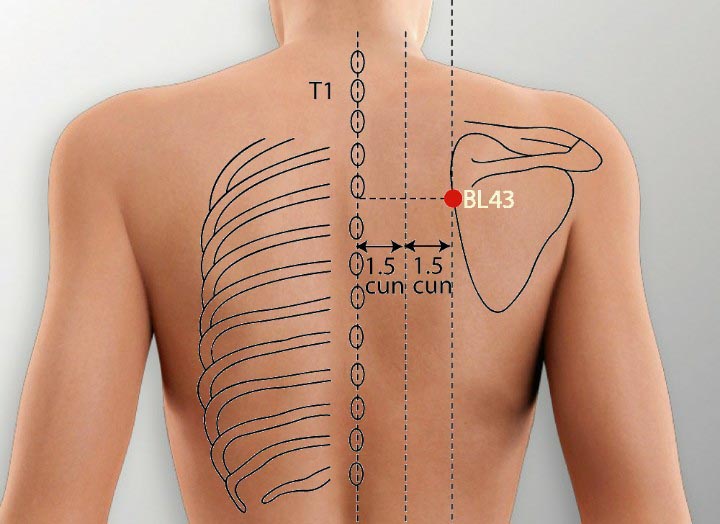
Location: On the back, in the depression below the spinous process of the fourth thoracic vertebra, 3 cun lateral to the posterior midline.
Effect: Unblocks the channels, rectifies qi, promotes joint function.
2. GB 21 Acupoint (Jianjing)
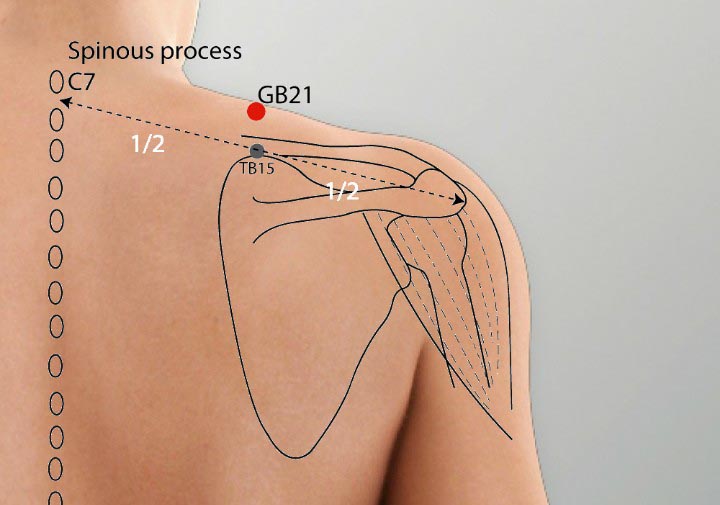
Location: On the shoulders above ST 17, the midpoint between GV 14 and the acromion.
Effect: Unblocks the collaterals, relieves pain, promotes joint function.
3. LI 10 Acupoint (Shousanli)
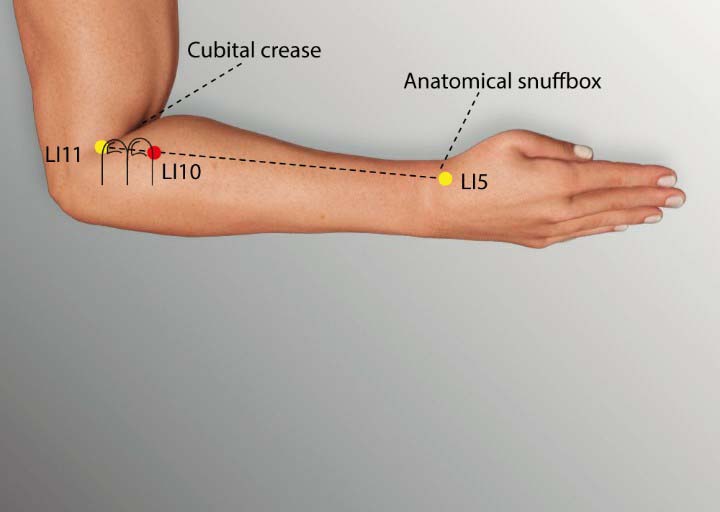
Location: On the radial side of the dorsal forearm on the line connecting LI 5 and LI 11, 2 cun below the elbow crease.
Effect: Dredges the channels, unblocks the collaterals, and relieves pain.
4. Tender points on the shoulders
Location: On the shoulders.
Effect: Unblocks the collaterals, relieves pain, and promotes joint function.
Moxibustion treatment methods
- Single-point mild moxibustion on BL 43 of the affected side. The patient should feel heat transmit over the armpit and the posterior-lateral upper arm to the elbow. Located on the Foot Taiyang bladder channel, BL 43 can unblock the channels, rectify qi and promote joint function.
- Single-point mild moxibustion on GB 21 of the affected side. The patient should feel the heat penetrate deeply and expand over the area, or feel local tightness, pressure, soreness, distention and pain transmitting along the upper limbs. In some patients, the heat will reach the wrist. If it fails to do so, use relaying moxibustion with another moxa stick on LI 15, LI 14, LI 11, LI 10, and TE 5 in this order to cause the heat to transmit to the back of the hand. Then administer mild moxibustion on both GB 21 and LI 10 with two moxa sticks. Stop moxibustion when the heat-sensitized sensation disappears.
- Single-point mild moxibustion on tender points on the shoulders. The patient should feel the heat penetrate deeply and expand over the area or local soreness and distention. Stop moxibustion when the heat-sensitive sensation disappears.
Treat once a day, choosing one or two groups of the above acupoints each time. Ten treatments make a treatment course. Give two or three courses in total, with two to five days in between for rest.
Conclusion
Moxibustion can treat frozen shoulder through its ability to dredge the channels and unblock the collaterals, which reduce inflammation and ease the pain. Painless scarring moxibustion is also effective.
After the shoulder pain has been relieved, patients should exercise the shoulder daily to promote rehabilitation.

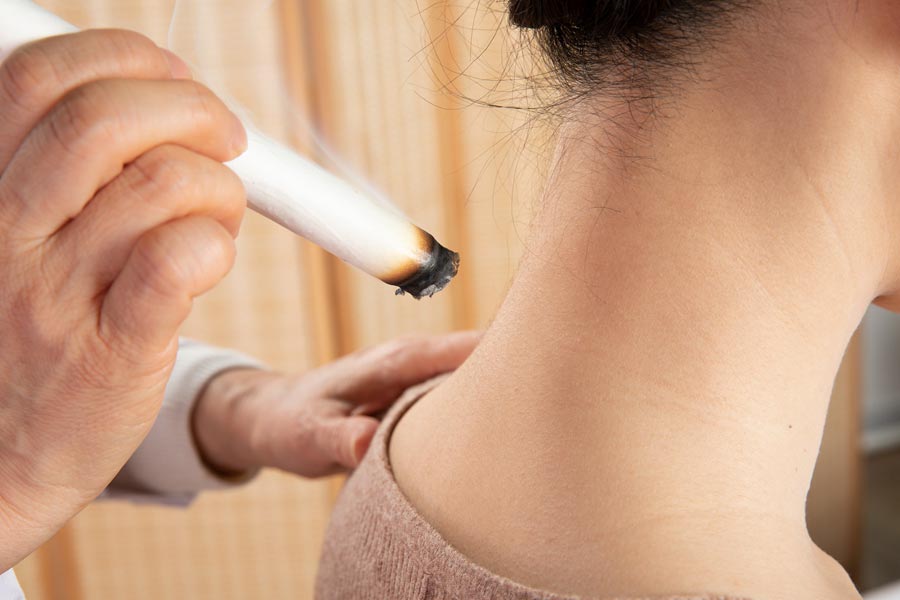
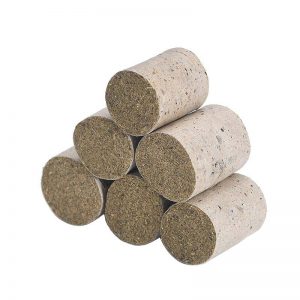
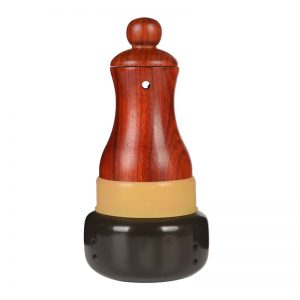
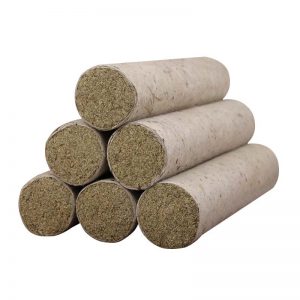
Thanks for your sharing~
Dr. Xu, may i ask where I should do moxibustion if there is a lump at the back of the knee? Thank you and look forwarding to hearing from you soon!
Hi, Melody, We are not sure what disease is causing the lump on the back of the knee you’re talking about, perhaps this article by Dr. Xu will be helpful to you.